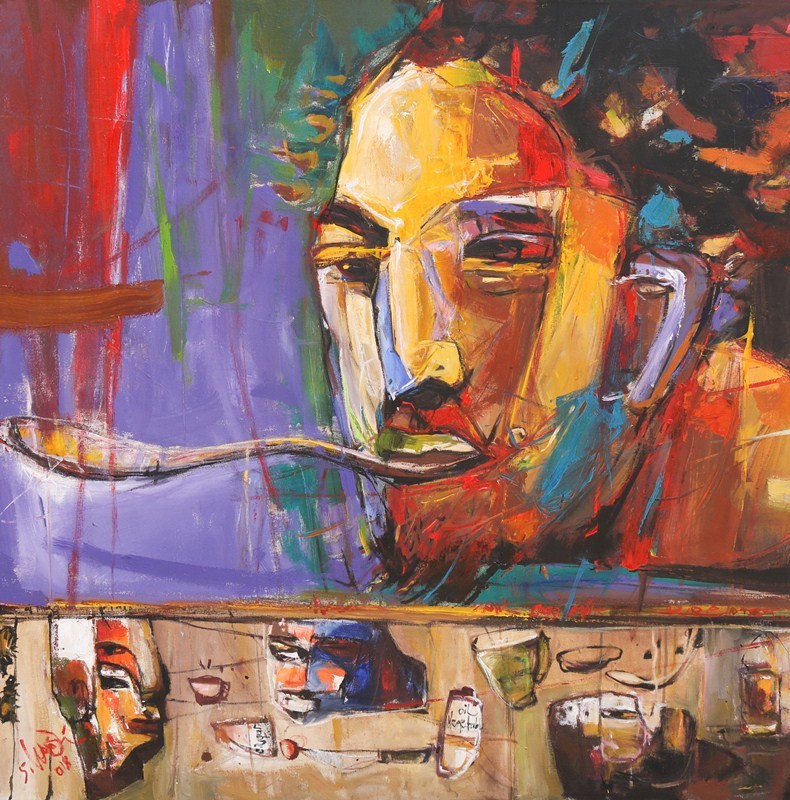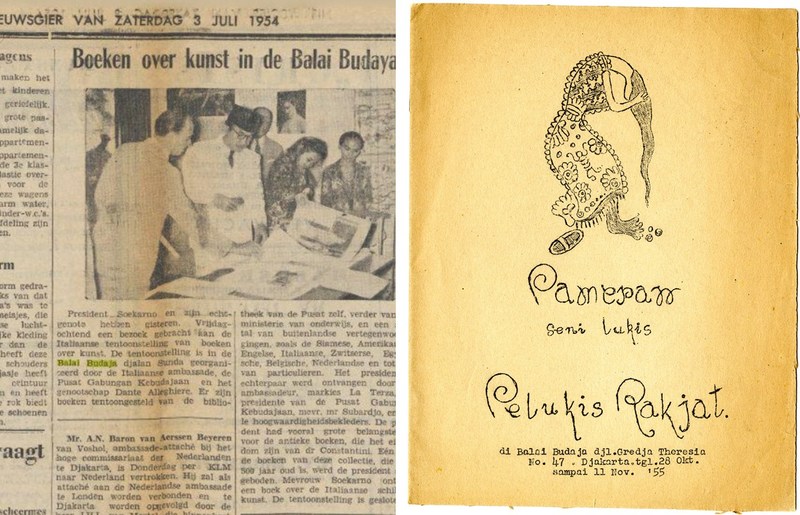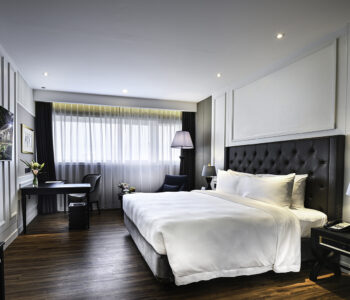In 2019 Jakarta’s art community will enjoy the luxuries of art fairs like the new Art Moments, which is scheduled to be held in May and the revamped Art Jakarta in August, as well as the Jakarta Biennale. With the rise of art fairs and art biennales in Indonesia, echoing the global trend, will there be any way for the good old art galleries to survive?

Interestingly, one of the oldest, if not the oldest, art centre in the city, seemed to have enjoyed a renaissance recently. Four figures in the city’s art scene, Syahnagra Ismail, Cak Kandar and Aisul Yanto, along with Sri Warso Wahono as advisor, decided to take over the management of the Balai Budaya, which literally means “cultural hall”.
Prior to their efforts, the centre had been tormented with various problems. As it is a valuable real estate asset with unclear ownership, rumor had it that some parties have tried to reap profits from trying to get it sold. Its strategic location in the heart of Jakarta has made parties fight over the rights of its use.
In 1954 the Badan Musyawarat Kebudayaan Nasional (National Cultural Consultative Agency) turned a simple building which was formerly used as a gymnasium on Jl. Sunda 47 (now Jl. Gereja Theresia 47) into its headquarters. The agency’s second anniversary was held there on 14 April that year, and was attended by First Deputy Prime Minister Wongsonegoro, Minister of Information, Dr Ferdinand Lumban Tobing, Mayor Sudiro, Ki Mangunsarkoro, Prof. Poerbatjaraka, Prof. Prijono, and even Minister of Education Moh. Yamin, as well as BMKN general chairman Prof. Bahder Djohan and working committee chairman Gaos Hardjasoemantri, respected poets, musicians among others Rivai Apin, Bintang Sudibyo, and Sudharnoto, as well as painters and writers.

One of the first art events to take place at the hall, announced in one newspaper to be held in May that year, was later called off as it apparently was not an event organised by the Agency. Instead, at the end of June 1954, the Italian Embassy, the Dante Alighieri Society and the Pusat Gabungan Kebudajaan held an exhibition of Italian Books of Fine Art. President Soekarno and First Lady Madame Fatmawati visited the exhibition.
The first art exhibition held at Balai Budaya was a show of works of Syahri and Nashar. Thereafter, the Balai Budaya became the most important art centres in the city, holding art exhibitions of the Pelukis Rakyat (People’s Painters), the Gabungan Pelukis Indonesia painter’s cooperative, Affandi, Fadjar Sidik, Sholichin and many others. Bandung artists, including Achmad Sadali, But Muchtar, Mochtar Apin, Popo Isksndar, Soedjoko, and Srihadi Soedarsono, who were at the time still students, held a group show of their works there, prompting art critic Trisno Sumardjo to write his famous article accusing them of being “the laboratory of the West. Many other artists held their main exhibitions at the Balai Budaya because until the Taman Ismail Marzuki was opened in 1968, there was no other public art exhibition venue in the nation’s capital.

In the New Order, the BMKN’s role became unclear, and as a result the management of the Balai Budaya also suffered. Some artists like Nashar even took residency there.
In 2019, however, the Balai Budaya is ready to make a comeback. It will not only be an exhibition hall but a community centre, offering classes in batik making, for example, and art research centre.
In collaboration with Jupri Art, the Balai Budaya has staged works by emerging artists Didienpop, Ali Topan and S. Wandhi. In January it will stage an exhibition of works by Amdo Brada.







